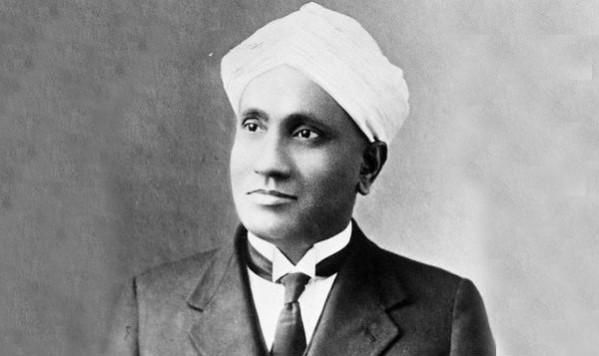India has made significant contributions in the field of science, mathematics, physics, and more. Dr CV Raman is lauded for his great contributions, including his work on the scattering of light and for the discovery of the effect, which was named after him - Raman effect. On the occasion of Raman's 132nd birth anniversary on Saturday, here are some fascinating facts about the Nobel laureate, who put India on the world map in the field of science.
Sir CV Raman and his life
CV Raman was born in Tiruchirappalli, Tamil Nadu on November 7, 1888, to Tamil Brahmin parents. Sir CV Raman graduated at the top of his class from the University of Madras with honours in Physics at the age of 16. In 1907, he got his MSc degree from the same university with the highest marks. He published his first paper on the diffraction of light in 1906 while he was graduating.

Sir CV Raman joined the Indian Finance Service in Kolkata at the age of 19, where he worked as Assistant Accountant General. Those were the crucial years for CV Raman as he was allowed to do independent research in his field of interest and made major contributions in acoustics and optics.
Below is rare footage of Sir CV Raman from 1930 when he arrived to Stockholm to receive his Nobel Prize.
On the eve of Sir Chandrasekhara Venkata Raman's birthday, take a look at this clip from 1930 when Sir Raman had just arrived to Stockholm, Sweden to receive his Nobel Prize at the Nobel Prize Award Ceremony on 10 December. #NobelPrize pic.twitter.com/KgU1rTAO1Q
— The Nobel Prize (@NobelPrize) November 6, 2020
In 1930, Sir CV Raman was awarded the Nobel Prize for his work on the scattering of light which is known as the Raman effect. Before settling up his own Raman Research Institute in Bengaluru in 1949, he mentored many Ph.D. students in their doctorate course. In 1919, he received two honorary positions at IACS, which he fondly remembered as the "golden era" of his life.
He was elected a Fellow of the Royal Society early in his career (1924) and was knighted in 1929. It was until his passing in November 1970 that he served as the director of Raman Research Institute. His discoveries were crucial in shaping the future of Physics.

















